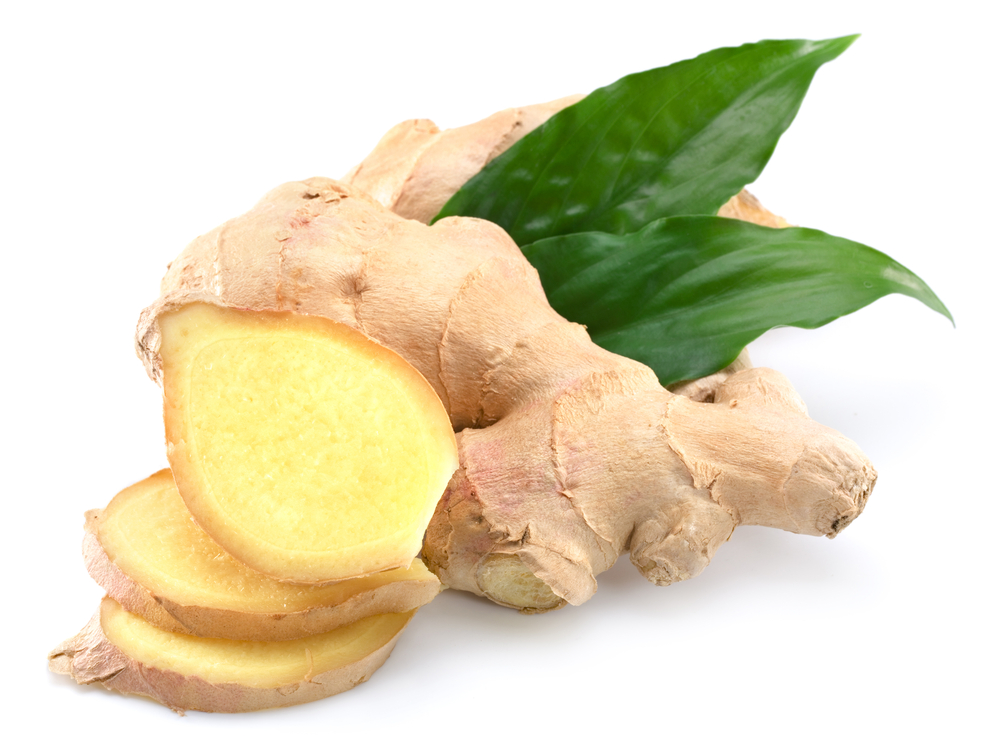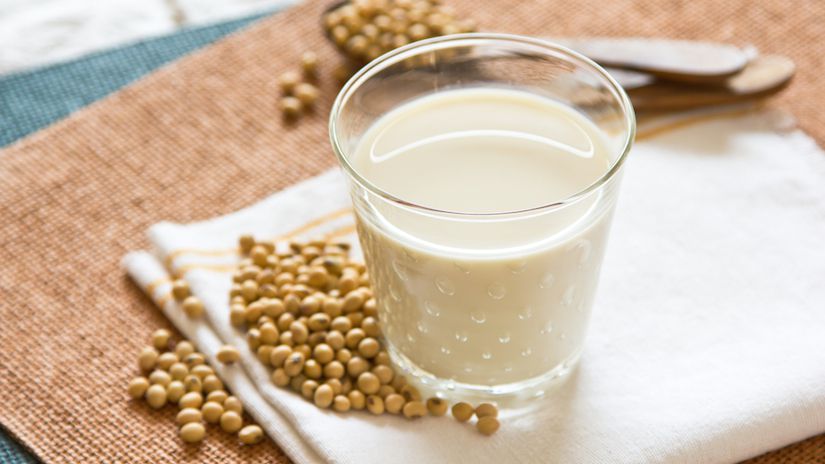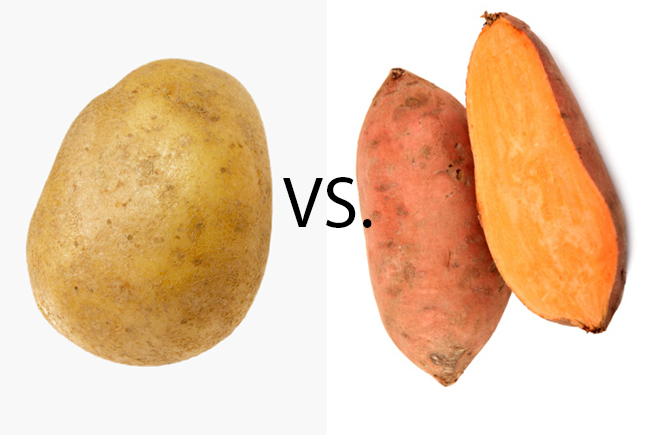Saturated Fat: Is It Really Bad?

Saturated fat has always been labeled as a “bad” fat and thought to increase your risk for cardiovascular disease. However, recent headlines have claimed saturated fat is no longer “bad” based on a study done in March 2014 from the Annals of Internal Medicine. This study concluded that our current dietary guidelines, which limits saturated fat to less than 10% of calories and encourages polyunsaturated fat, is not supported by sound evidence. The study was based on 72 individual studies, which looked at how different fats influence risk of cardiac events. According to the study, there was no clear difference in heart risk depending on whether people consumed low or high amounts of polyunsaturated or saturated fat. Many prominent scientists are criticizing the study for it’s multiple flaws and some are even calling for a retraction. Due to the multiple flaws in the study, most health professionals are sticking with the dietary guidelines until further research is done. The dietary guidelines are based on a body of evidence linking saturated fats to cardiovascular disease risk, so we should not discount this information based off of one poorly conducted study.







